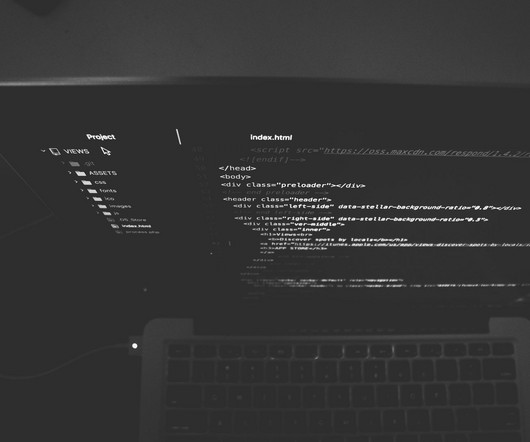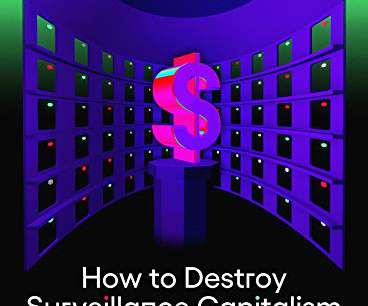Modernizing the mainframe for the digital era
CIO Business Intelligence
MARCH 24, 2022
The first is to run transaction-intensive banking applications, including bank statements, deposits, mobile banking, debit-card processing, and loan payments. But hardware alone will not guarantee the future of IBM’s mainframe architecture. The company is also banking heavily on synergies between its Red Hat unit and the Z systems. “We















Let's personalize your content